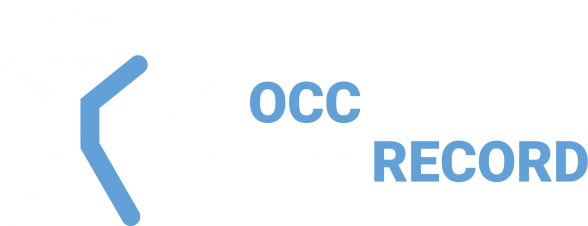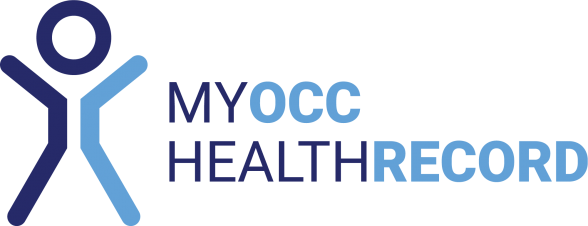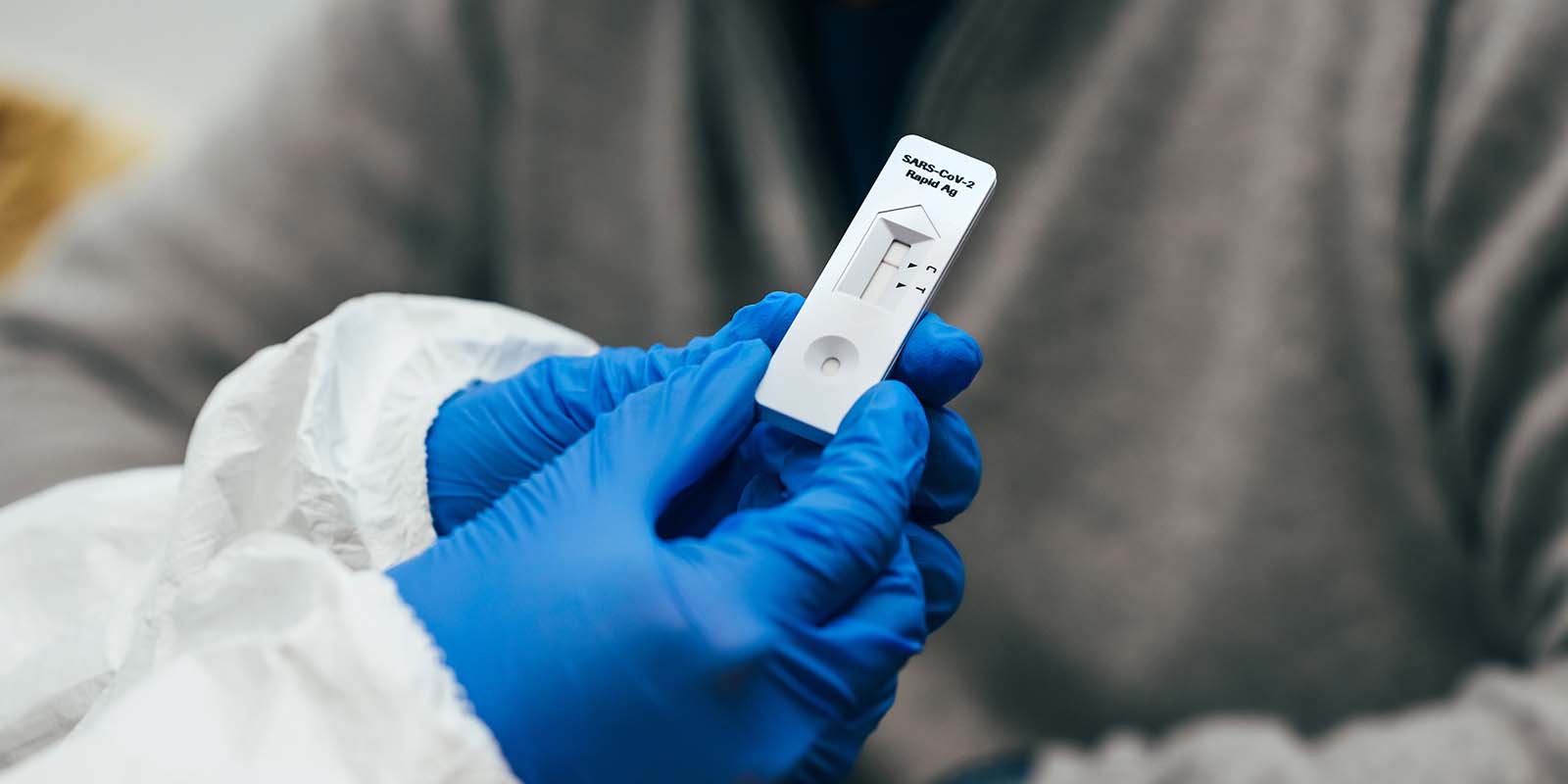
Rapid antigen testing is an emerging solution to maintain the safety of your workforce and keep your business running. The right technology will help you manage rapid antigen screening for your workplace to ensure staff health data is both useful and secure.
Australia is moving towards a recovery roadmap that acknowledges the need for business continuity while proactively managing COVID-19 in the community.
Rapid antigen screening has emerged as a primary tool for organisations looking to minimise health risks associated with the spread of COVID-19 into their workplace and to prevent business shutdown.
Rapid antigen tests are cheap, easy-to-use kits that allow largescale screening, with results available in as little as 15 minutes. While not as accurate as the standard PCR tests used at COVID-19 testing clinics, when used regularly they provide a powerful way to identify a potential COVID-19 case.
Rapid antigen tests are more reliable when used on a regular basis. The Victorian Government recommends testing three times per week but NSW Health says “daily testing is the gold standard”. If a rapid antigen test returns a ‘non-negative’ result, the COVID marshal on site then sends the affected employee to obtain a PCR test to confirm the outcome.
Rapid antigen screening allows a business to take initiative with its health protocols. But the real value for businesses is the ability to implement a testing process that aligns workplace health and safety, human resources, and business risk management.
Rapid antigen testing and business integration
My Occ Health Record (MOHR) provides rapid antigen screening technology.
The technology helps businesses to manage the process, by putting a digital-first approach in place that eliminates paper-based tracking. This means that they have immediate access to live data to help them manage the business.
If there is a potential case, the app immediately notifies the relevant parties, who might be at the site, but could also be many levels above in the corporate hierarchy. This delivers a degree of governance and clarity that cannot be achieved with a manual, paper-driven process.
Brian Borowsky, Head of MOHR, says the app can also help to show the business who else might have been exposed to the affected employee, by identifying others in the same area at the same time.
“If the data from the app suggests that actually there were probably six or eight people who were in the vicinity, they should probably also be tested and told to isolate until they get the results,” he explains. “The organisation wouldn’t have done that without the technology.”
The technology shows its value in business continuity, particularly compared with the slower-moving government contact tracers. Borowsky recounts a client case where an employee returned a non-negative rapid antigen test and was sent to a standard PCR testing facility.
The business used MOHR technology to run their own internal contact tracing. It figured out who else might have been exposed and immediately isolated those people and referred them for further testing.
“Three days later the public health unit shows up and says, ‘okay, we’re here to help. We need to do contact tracing.’ Businesses can’t afford to wait around for the public health unit to show up. They need a system that captures the data and gives real-time information so that they can act,” he says.
Borowsky says the technology can also integrate with other business systems including shift scheduling to give businesses more control over this workplace health and safety area. This integration not only reduces the administrative burden but strengthens business efficiency and resilience.
“One of our customers is doing a project where in order for their swipe card to work in the turnstile, they have to get a green tick from our system,” he says. It means the employee must return a negative test before they can even enter the building. This also goes for visitors to the site, he adds.
Health data security for rapid antigen screening
The intersection of employment data and health data means privacy and security should be key features in any rapid antigen screening process. MOHR’s app runs on the employee’s own device, which asks for consent at every step and encrypts the test data in transit and in storage. This means employees need only show their COVID marshal a green tick for admittance into work.
Even if the employee does not have a device, or refuses to download the app, the COVID marshal can enter data on their behalf. This perceived resistance to using technology among the workforce can be a sticking point for many businesses that see their workforce as technology shy. However, Borowsky says organisations underestimate employee willingness to comply.
“At one particular site we ran something like 1,200 tests through our technology. I have a list of 14 people out of that 1,200 who we had to capture manually. That’s 1%,” he says.
“This was a construction environment with something like 30 different subcontractors on site. Somehow 99% of them are doing it just fine.”
Borowsky says due to the sensitivity of the information collected, MOHR developed the technology with a view to minimising user error. Security features include:
- a role-based access and permission system
- URL access unique to each client
- encrypted data storage in isolated silos
- ISO 27001 accreditation for information management
Technology addresses business risks
The biggest risk, however, is not a data security one. It’s the obvious health and safety issue.
“The risk of not doing this right means someone that you could have prevented entering your facility, enters the facility and infects other people,” Borowsky says. That could lead to the whole business shutting down.
“Fundamentally the risk of not capturing that information is a risk to the business.”
The benefits of technology are the reduction of error-prone manual processes, but also the real-time application of data.
“Our goal is to get data captured digitally as quickly and efficiently as possible so that companies can use that information to make better decisions,” says Borowsky.
He mentions clients that have dispersed facilities – offices, warehouses, depots – where each site runs the process but head office still needs to know what’s happening on the ground.
The AFL, for example, lets individual clubs handle the testing but requires oversight at a league level.
“It’s really hard to do that without the data, without the insights that come with it,” he says. “There’s a risk of just not knowing what’s going on in your organisation. Not being able to learn from what’s happening in New South Wales to help your Victorian operation be more resilient, and more.”
Currently, the organisations benefiting from rapid antigen testing are those that require staff to be physically present to do their jobs, from warehouses and logistics, to manufacturing and construction. However, as more of Australia reopens, Borowsky says this technology could be applied more broadly at events such as sporting matches and concerts, or even private functions.
“Those are all really interesting areas where having the right technology can really make it work.”
Protect your workplace
The My Occ Health Record Rapid Antigen Testing Screening Technology gives you access to real-time data to power your COVID-safe workplan.
- Capture test results
- Notify key stakeholders of any issues
- Provide governance
- Securely store records
- Reduce manual administration
- Ensure business continuity
- Manage health and safety of your workforce
Stay safe, stay informed and stay in business. Download the comprehensive guide.
"*" indicates required fields
